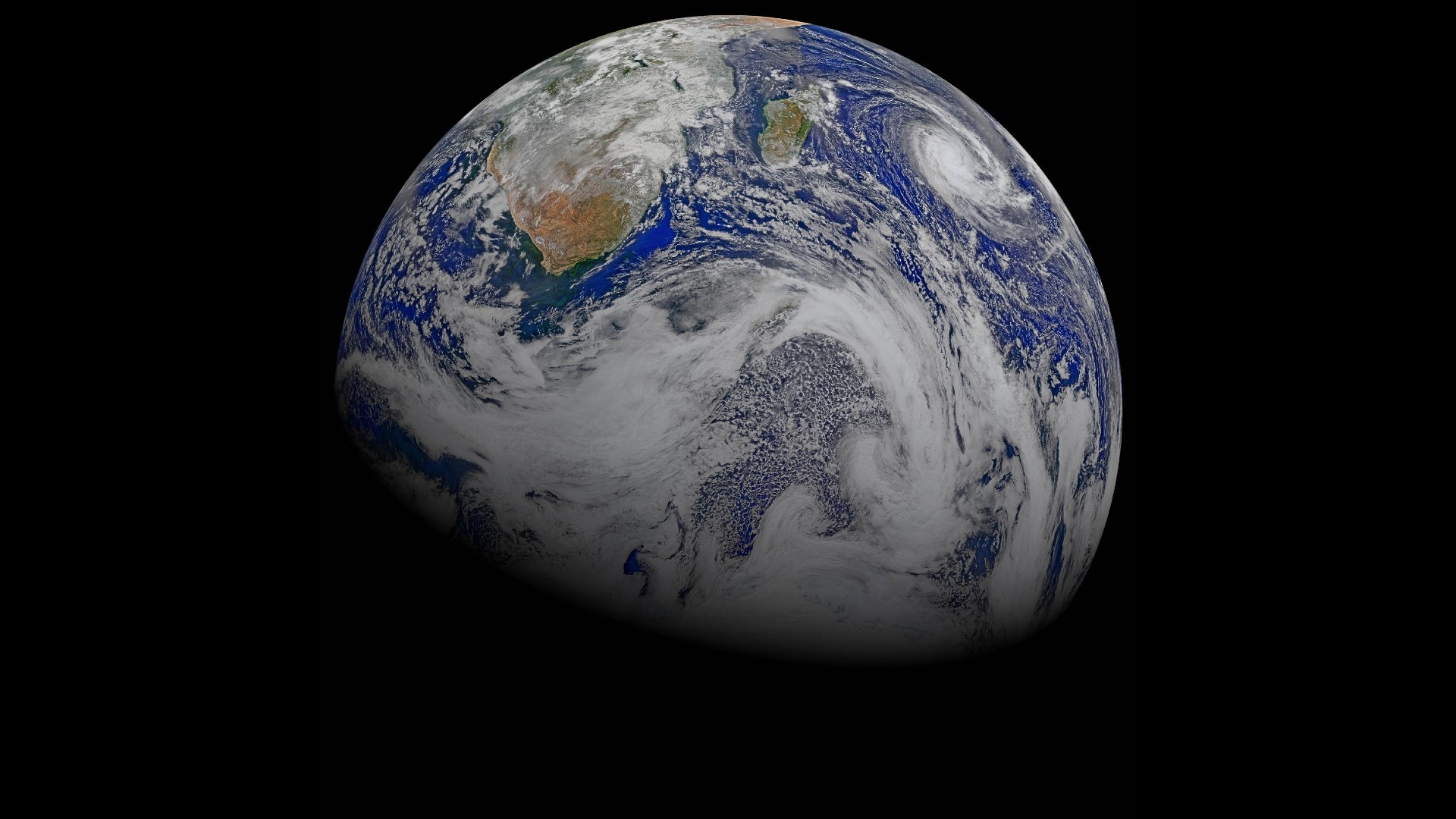James Webb Space Telescope's most heat-sensitive instrument continues cooling to absolute zero
The observatory's MIRI instrument needs to cool down almost to absolute zero, the temperature where the motion of atoms stops, before it can start observing the universe.

The James Webb Space Telescope continues to cool down as it prepares to take its first scientific images of the distant universe this summer. One instrument in particular needs some extra help to accomplish the task.
In its location, at Lagrange Point 2, some 930,000 miles (1.5 million kilometers) from Earth, hidden behind the planet and a giant sunshield, the James Webb Space Telescope is freezing. The mission was carefully designed to keep the telescope's mirrors and instruments at a constant and extremely low temperature of minus 369.4 degrees Fahrenheit (minus 223 degrees Celsius). This is important because Webb observes the universe in the warmth-carrying infrared wavelengths of the electromagnetic spectrum, and any heat from the telescope itself would dazzle its detectors.
For the telescope's Mid-InfraRed Instrument (MIRI), however, even that temperature is not cold enough. The instrument's detectors require an even colder temperature of minus 447 degrees F (minus 266 degrees C), only 12 degrees F (7 degrees C) above absolute zero, the temperature where motion of atoms stops.
Webb therefore has a cryocooler to help MIRI cool down. The cryocooler is essentially a "sophisticated refrigerator," NASA said in a statement, which actively cools MIRI. Refrigerant is cooled in a system of tubes via conduction, after which it's pumped through the instrument to keep it cold. The cryocooler doesn't consume coolant, so it can operate throughout the lifespan of its technical components.
Once operational, MIRI will be able to detect the light of the most distant stars in the universe but also peer through dust clouds within our galaxy, the Milky Way, to witness how stars form.
"Webb's infrared sensitivity allows us to understand what happens at these very first stages, as gas and dust are actively collapsing to form new stars," Klaus Pontoppidan, the Space Telescope Science Institute project scientist for Webb, said in the statement.
Breaking space news, the latest updates on rocket launches, skywatching events and more!
But the telescope is not just sitting idly waiting for MIRI to cool down.
Just last week, the observatory performed a thruster burn to maintain its orbit around the second Lagrange point. It was the second such maneuver since Webb's arrival at its destination — similar burns will continue throughout the observatory's lifetime.
Editor’s note: This story has been updated to correct the conversion of miles to kilometers. Follow Stefanie Waldek on Twitter @StefanieWaldek. Follow us on Twitter @Spacedotcom and on Facebook.

Space.com contributing writer Stefanie Waldek is a self-taught space nerd and aviation geek who is passionate about all things spaceflight and astronomy. With a background in travel and design journalism, as well as a Bachelor of Arts degree from New York University, she specializes in the budding space tourism industry and Earth-based astrotourism. In her free time, you can find her watching rocket launches or looking up at the stars, wondering what is out there. Learn more about her work at www.stefaniewaldek.com.
